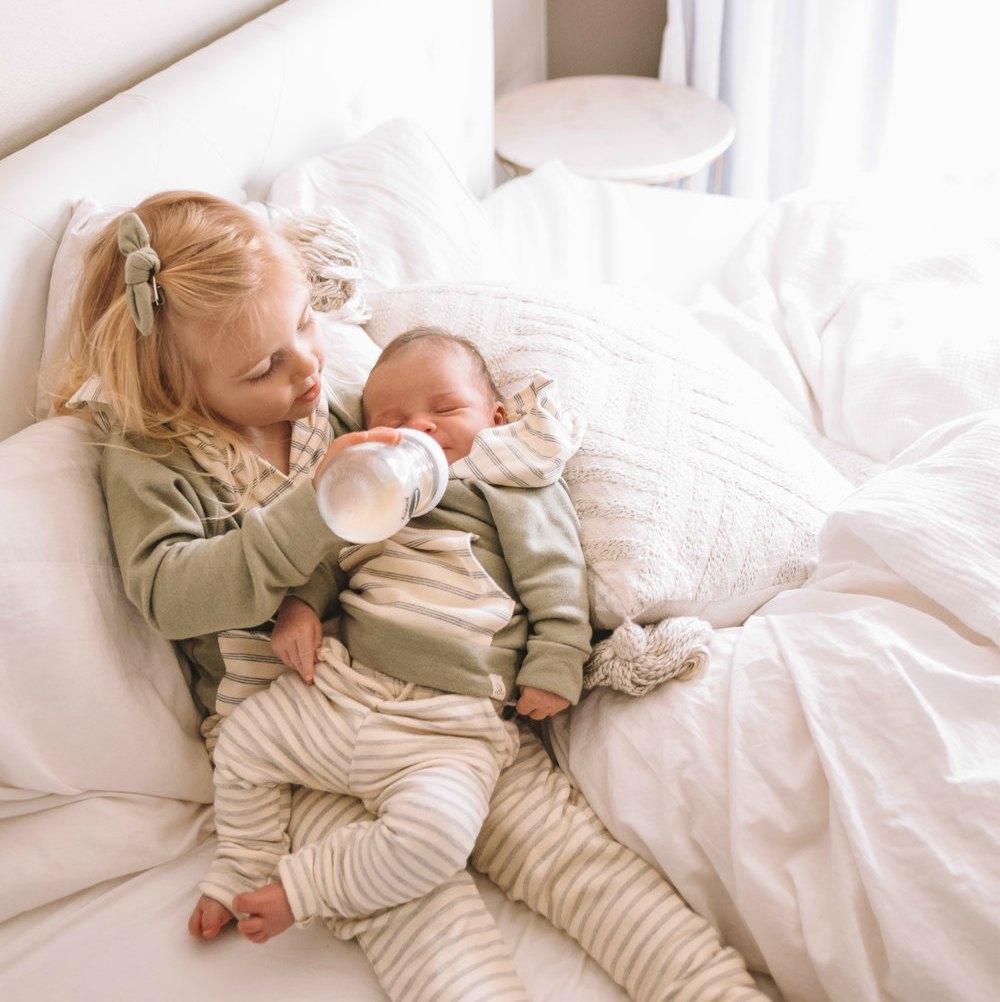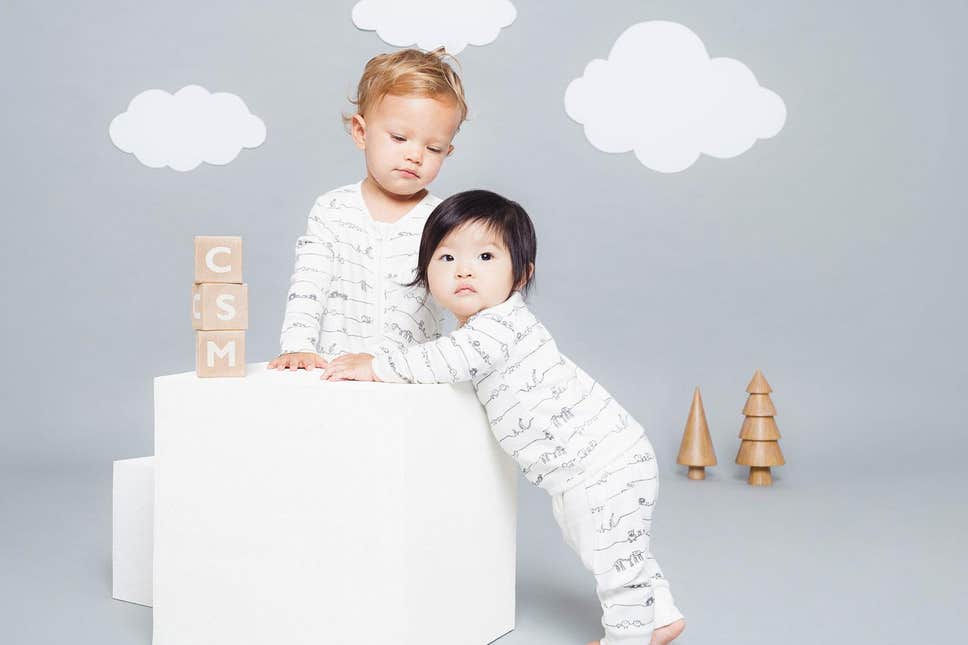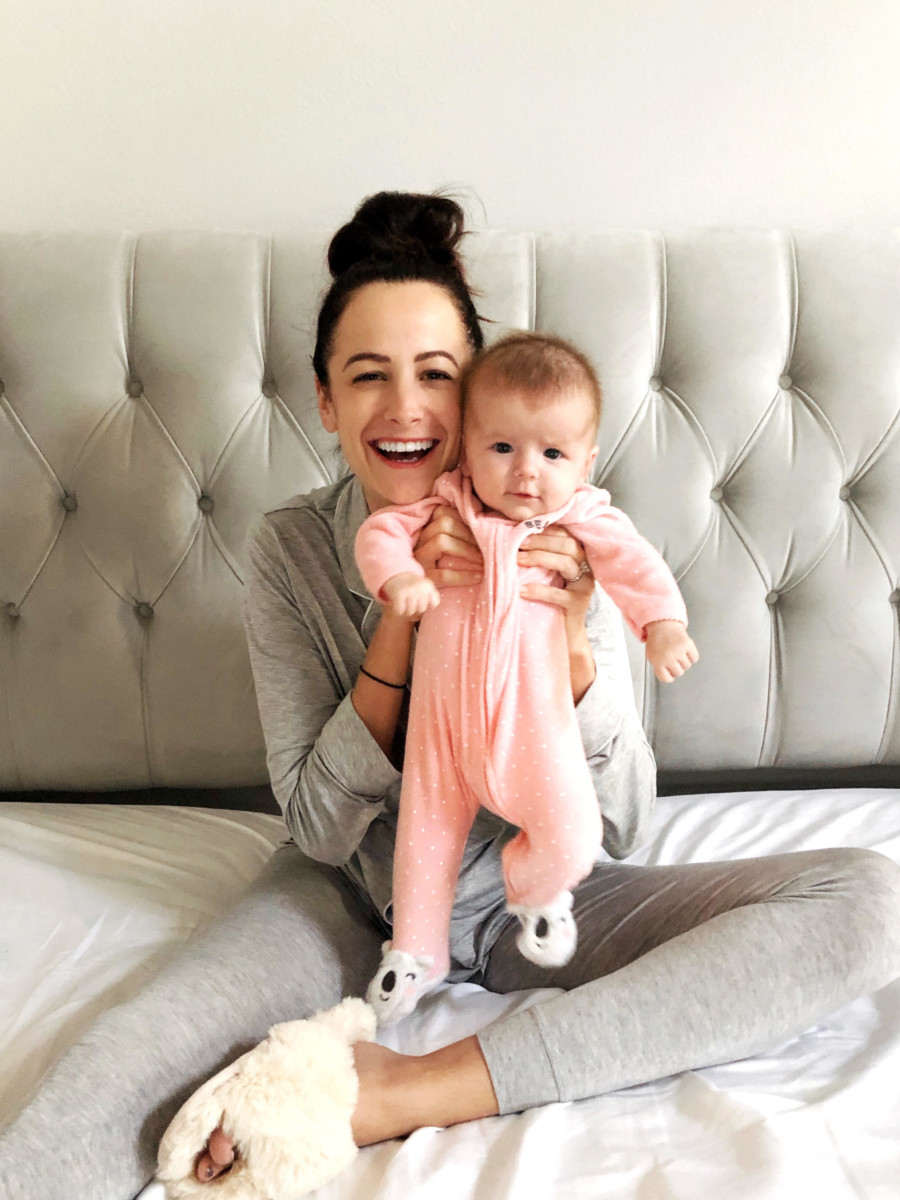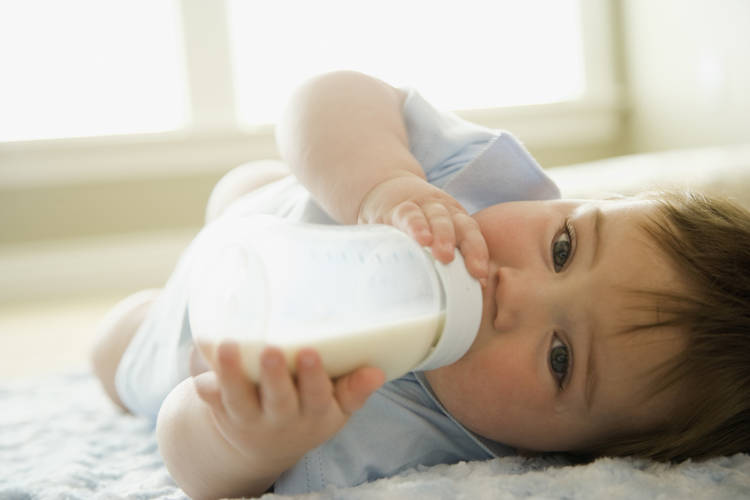
Choosing the right baby bottle for your child is often an expensive trial and error process for many parents. With so many different makes and models on the market made from all different types of materials, shopping for bottles can be pretty confusing.
To make the process of moving from breastfeeding to bottle feeding a little simpler, we’ve put together this guide which highlights everything you need to look out for when shopping for new baby bottles.
#1 – The material
Baby bottles come in a variety of different materials, each with their own advantages and disadvantages to be aware of. Below are some of the most common materials:
Plastic – the most common baby bottles are plastic ones. You’ll find a whole range of different sizes and styles on the market and the great thing is, there are loads of advantages to using plastic bottles. They’re lightweight, shatterproof, cheap and easy to clean, making them perfect for busy mums and dads.
Glass – glass baby bottles are becoming more popular than ever. With sustainability and becoming plastic-free high on many parent’s agenda, glass bottles make a lot of sense but they do come with a few disadvantages. There’s a possibility that glass could smash, they are more expensive than other bottles and heavier – making them less convenient for carrying when you’re out and about.
Stainless steel – shatterproof and lightweight stainless-steel baby bottles are another popular option. They’re easy to clean but can be more expensive than plastic bottles.

#2 – The nipple
Usually, the part of the bottle which determines whether or not your child takes to their bottle is the nipple, not the material the bottle is made out of. Often if you’re moving from breastfeeding to bottle-feeding, getting your baby to latch onto the nipple can be tricky. There are a few things to think about when it comes to choosing a bottle with the right nipple:
Flow – the flow of the milk is all determined by type and number of holes that are in the nipple, not how big or small the bottle is. There are usually 3 different flow options available depending on the age and needs of your baby. A natural nipple bottle is designed to feel like a breast nipple and is best for newborns, offering a slow and steady flow.
Shape – some babies prefer a wide nipple whereas others might latch on better to one that’s long and thin. It’s a good idea to try your baby with a few different types to see which one they prefer. Usually, a wider nipple is better off as it feels more natural.

#3 – Anti-colic feeding bottles
If your baby is suffering from colic there are a few bottles designed to help reduce the symptoms. While you can’t change the way a baby drinks from a bottle, the design of a bottle can help them to take in less air when feeding.
Specialist anti-colic baby bottles prevent vacuum build up and vent air towards the back of the bottle. It keeps air in the bottle and away from the baby’s tummy to help reduce gas, spit-up and burping.

#4 – Easy to hold shapes
As your baby gets older, they’ll start to want to feed themselves a little more. Easy hold bottles make it super easy for your child to give themselves a feed and are handy for freeing up a little extra time for parents. The only problem with these types of bottles are they can be a little harder to clean, may not fit in your steriliser if you use one and can sometimes be more expensive.
When it comes to choosing the right baby bottle for your little one, trying out a few different types and seeing which one they take to best is often the best way to find out, but by following these tips you’ll be off to an informed start.
MORE – How To Buy Baby Clothes (Guide For Non-Parents!)
MORE – Post-Baby Bodies: 4 Ways To Boost Confidence

No Comments